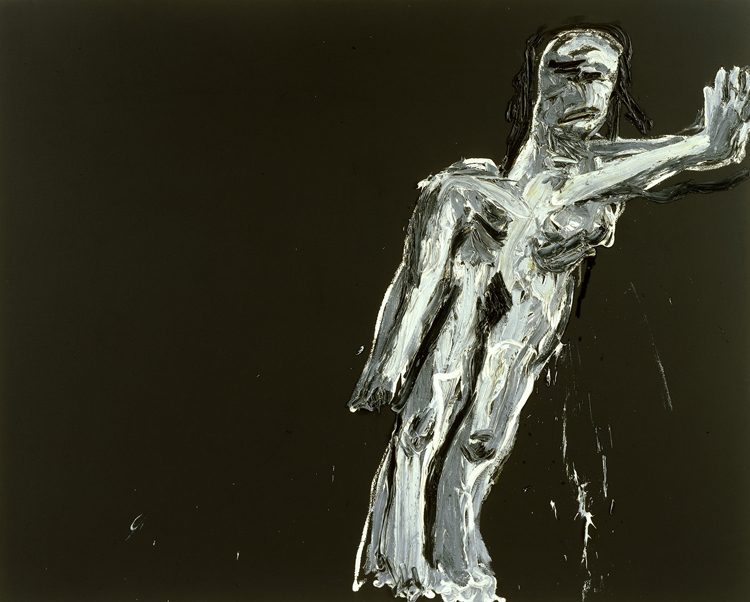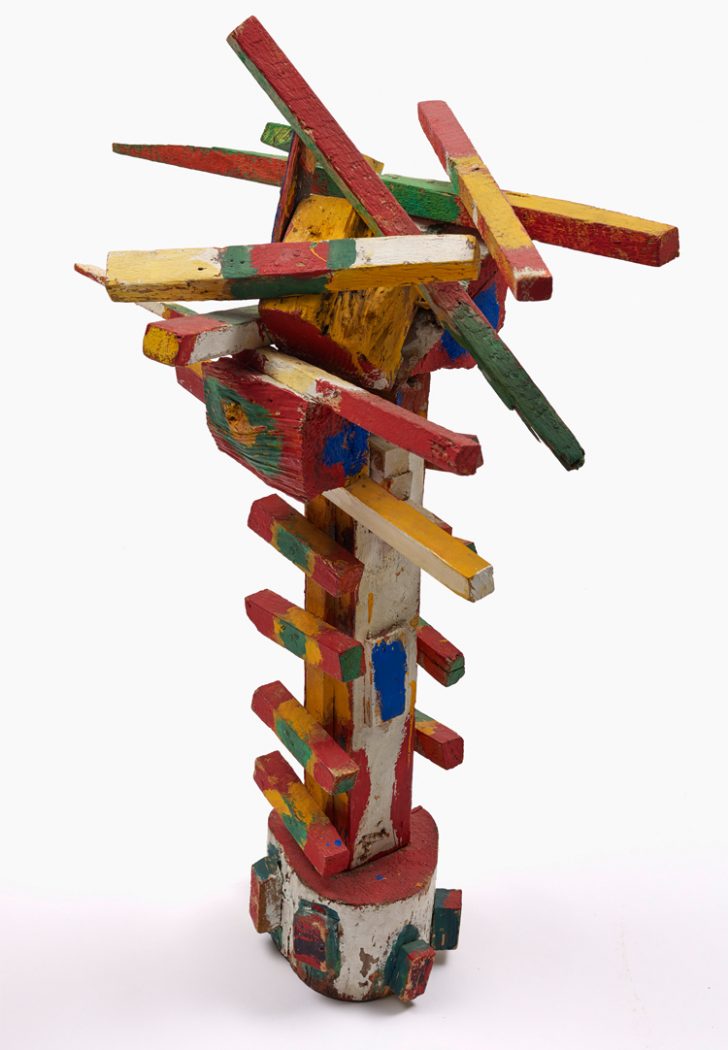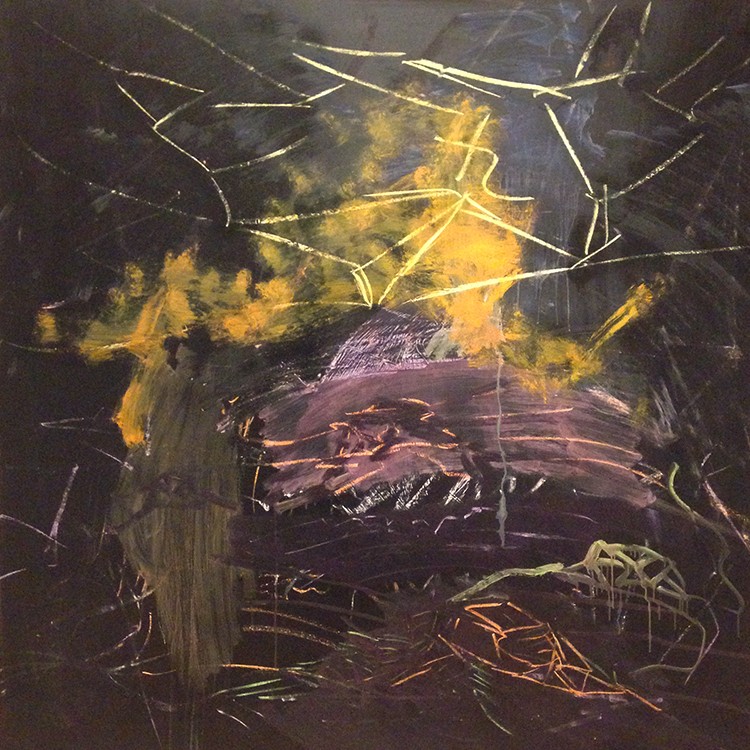On July 21, 2016, Deputy Director for Curatorial and Academic Affairs Klaus Ottmann shares an overview of Karel Appel: A Gesture of Color. In anticipation, we’re sharing examples of Appel’s poetry paired with his artwork on the blog.

Karel Appel, Nude Figure, 1989. Oil on canvas, 76 x 95 5/8 in. Musée d’Art Moderne de la Ville de Paris © Karel Appel Foundation, c/o ARS New York, 2016
We feel nothing
only the light growing
we feel that life
has forgotten her wings
The world has gone
from sleepy space
to a technological penitentiary
with the sound-tape of human rights
babbling on through the night
one smile, one angel smile
might burn the shadows on the roof
and let us see the stars
like flowers.
Karel Appel, “The Forgotten Angels”

Karel Appel, Tree, 1949. Gouache on wood, 38 5/8 x 29 1/2 x 24 3/8 in. Musée d’Art Moderne de la Ville de Paris © Karel Appel Foundation, c/o ARS New York, 2016
A tree is poetic
because physicality
is in itself poetic,
because it is a presence,
because it is full of mystery,
because it is full of ambiguity,
because even a tree is a sign
of a chromatic system,
Who speaks by way of the tree?
Reality itself.
Karel Appel (trans. Sam Garrett)

